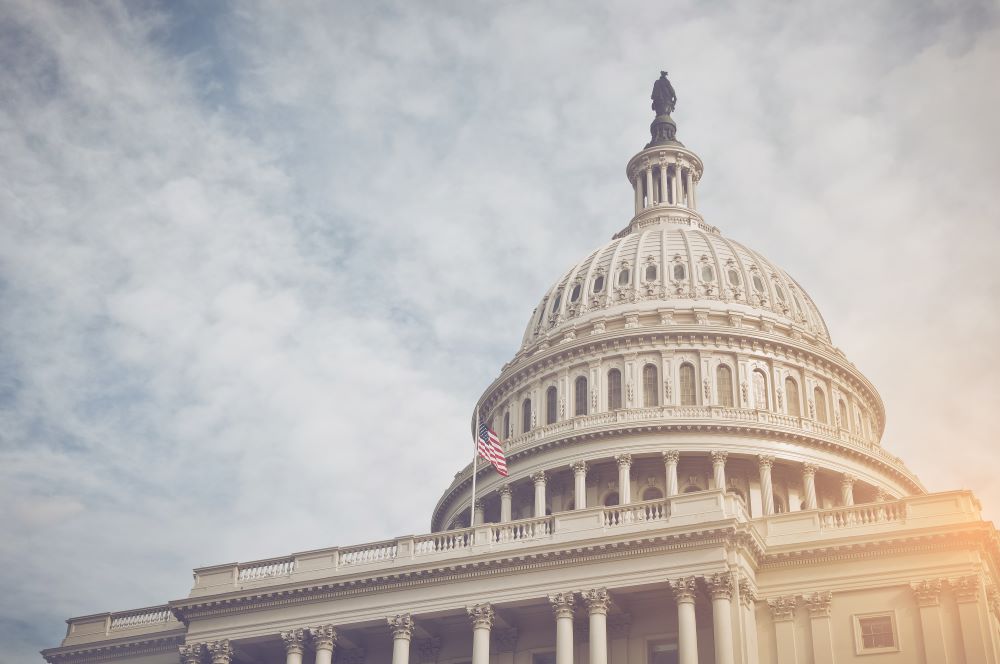
July 11, 2022

Americans depend on employer sponsored retirement plans such as 401(k), 403(b), and others to help fund retirement savings. The various features offered in these plans often make it easier to start and continue saving over the years. Unfortunately, 57 percent of workers still don’t have access to an employer-sponsored retirement plan which is a cause for concern. In fact, the reality is that many older Americans are outliving retirement savings creating an unexpected and unwanted situation. To address this issue, Congress is examining several different laws which would make plans more accessible and retirement funds easier to use. There are several parcels of legislation currently under consideration each addressing a different aspect of the problem. To help clients, prospects, and others, Wilson Lewis has provided a summary of each below.
The follow-up to 2019’s massive overhaul of retirement plan legislation, SECURE 2.0, passed the House in late March 2022.
Among other changes, SECURE 2.0 would build on its predecessor by enhancing tax credits for new retirement plans, increasing the age for required minimum distributions (RMDs), increase catch-up contributions, permitting plans to self-correct certain administrative errors, expand retirement plan access for part-time workers, and more.
There was also a proposal to allow workers to apply student loan payments toward employer matching contributions. Automatic enrollment and escalation would be required for new plans. Employers would also be allowed to encourage participation using small financial incentives.
The Senate has recently taken up its own versions of SECURE 2.0 legislation, described below.
The Enhancing American Retirement Now (EARN) Act is the same in some areas as the House version of SECURE 2.0. It also aims to help more Americans save for retirement.
Among the 70 or so provisions, there are proposals to:
And, like the House version, there would be tax credits for small businesses to establish retirement plans, provisions to allow 403(b) plans participate in multiple employer plans (MEPs) and pooled employer plans (PEPs), and more. The legislation would also create a national lost and found retirement database to make it easier for employers to match past employees with their retirement savings.
The EARN Act, which unanimously cleared the Senate Finance Committee, forms half the Senate’s version of SECURE 2.0.
This is a separate piece of similar retirement-focused legislation being considered in the Senate. The Rise and Shine Act was introduced by the Health, Education, Labor, and Pensions Committee. It forms the Senate’s version of SECURE 2.0 when combined with the EARN Act.
Next steps for both bills involve full Senate consideration, once the two pieces of legislation are merged. From there, it would go back to the House to work out differences and ultimately, go to President Biden’s desk for signature.
Yet another piece of retirement-related legislation that originates in the House. The House Ways & Means Committee introduced the Starter-K Act on June 16, 2022 and is a follow-on to Senate legislation from March 2022. At its heart, the Act would offer simpler and lower cost retirement plans for small businesses with less than 50 employees. 401(k) and 403(b) plans under the Starter-K Act would feature:
Employers that don’t currently offer a retirement plan would be eligible, and annual contributions would be limited to $6,000 annually (exceptions for inflation and catch-up contributions for employees aged 50 and older).
Even if it’s not required yet, there are certain steps to ensure retirement plans are operating as efficiently as possible, at the lowest cost, and for the highest benefit of the participants. These are some of the most common best practices that can help employees increase their retirement savings (and keep the plan sponsor in compliance with ERISA regulations).
It’s clear that retirement savings is top of mind for Congressional leaders, and there are varying levels of bipartisan support. While not all legislation will be approved, it is likely that additional changes will be coming soon. If you have questions about the information outlined above, or need assistance with your next plan audit, Wilson Lewis can help. For additional information call 770-476-1004 or click here to contact us. We look forward to speaking with you soon.